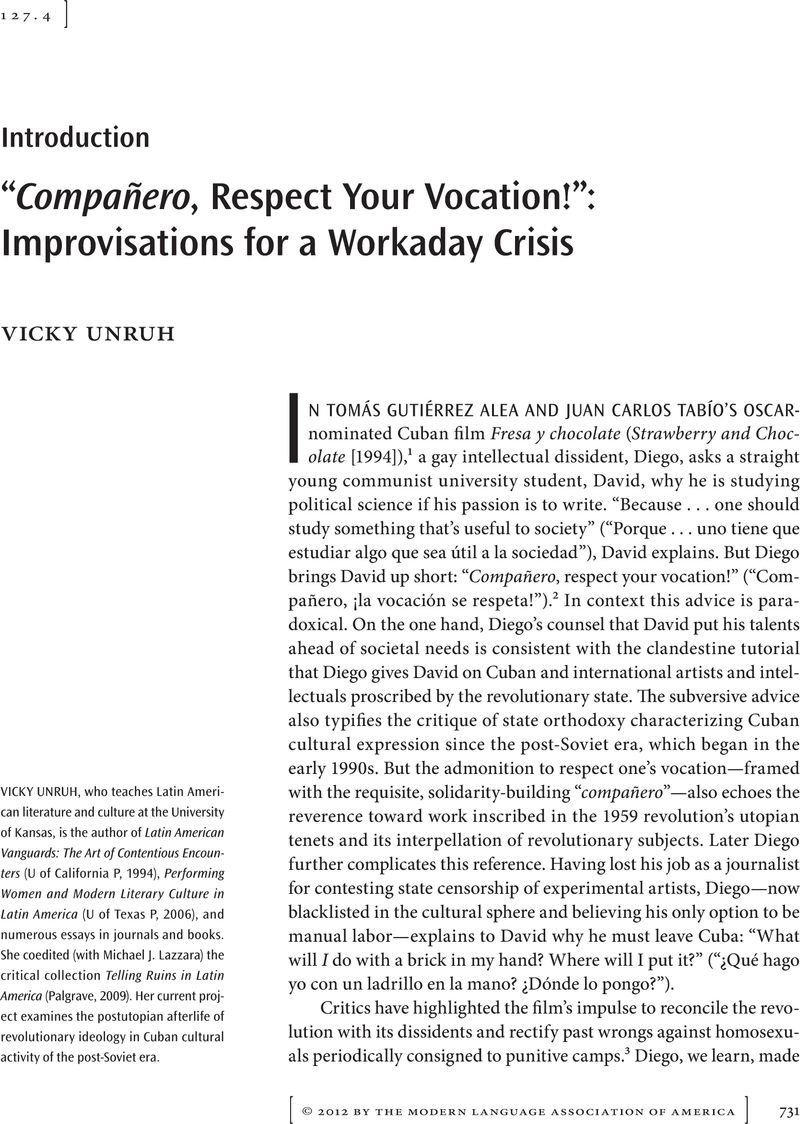Crossref Citations
This article has been cited by the following publications. This list is generated based on data provided by Crossref.
Njaradi, Dunja
2014.
From Employment to Projects: Work and Life in Contemporary Dance World.
Text and Performance Quarterly,
Vol. 34,
Issue. 3,
p.
251.
Unruh, Vicky
2016.
The Latin American Road Movie.
p.
73.



